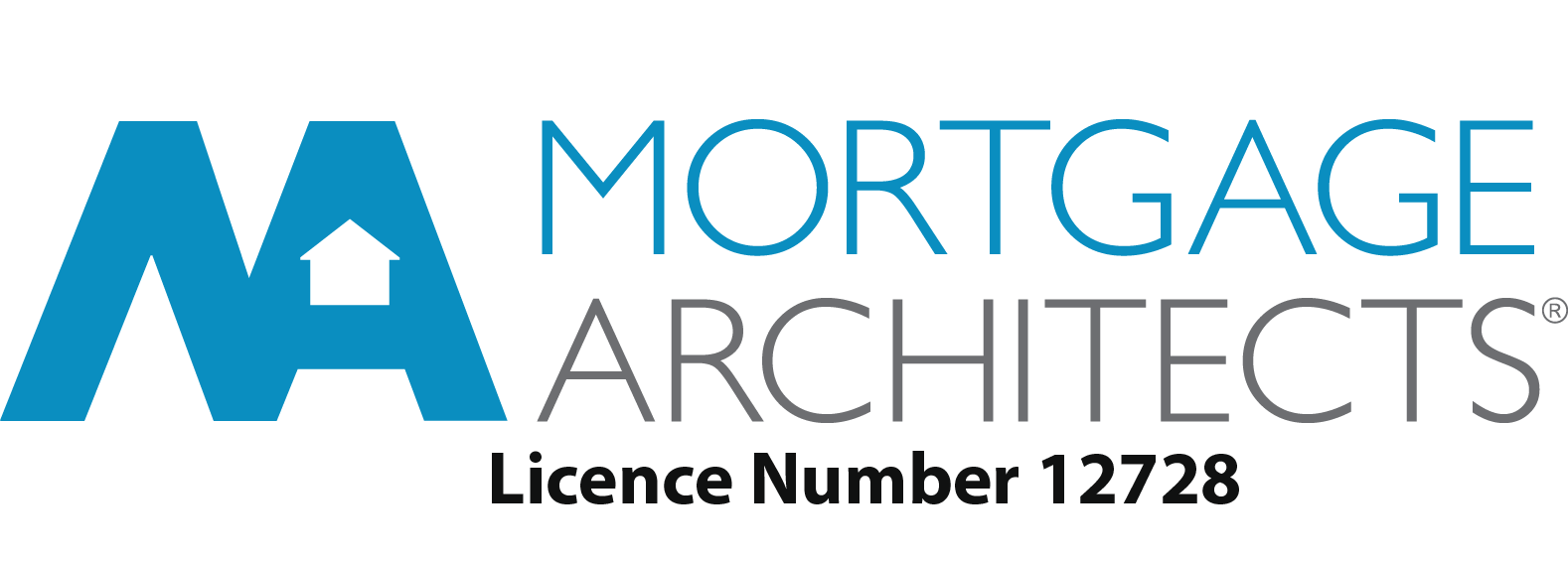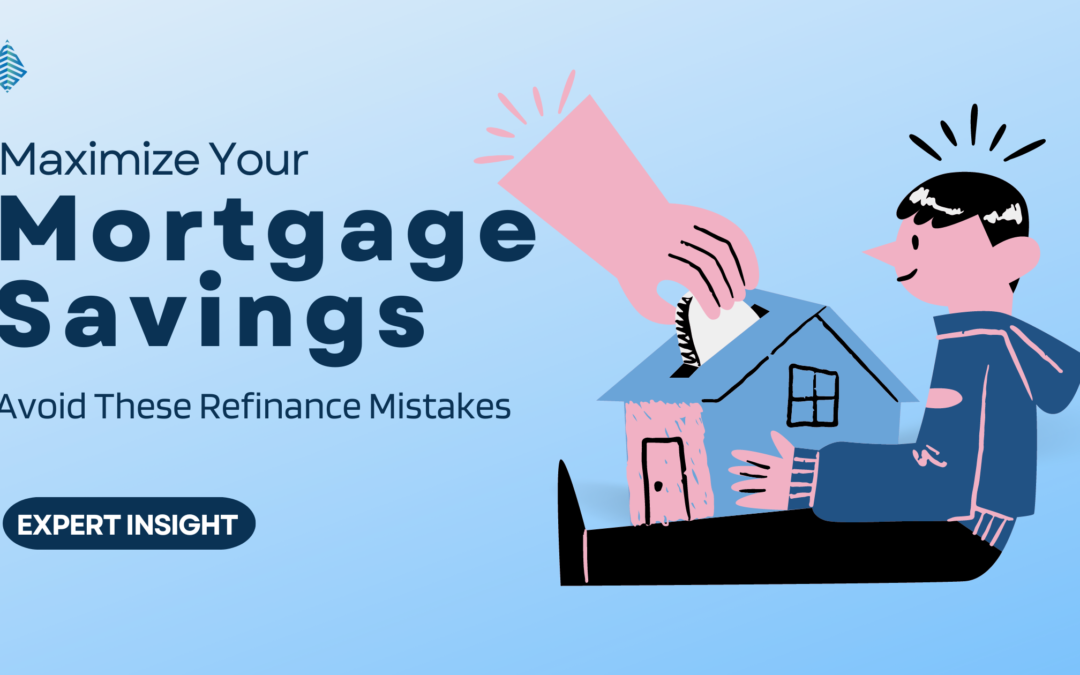Refinancing your mortgage can be a smart financial move, potentially lowering your monthly payments and saving you money over the life of your loan.
However, it’s easy to make mistakes that can cost you more in the long run.
In this guide, we’ll highlight some common mortgage refinancing mistakes and provide tips on how to avoid them.
Not Shopping Around for the Best Rates
One of the biggest mistakes you can make when refinancing your mortgage is not shopping around for the best rates.
Mortgage rates can vary significantly between lenders, and finding the best rate can save you thousands of dollars over the life of your loan.
Importance of Comparing Rates
When refinancing, it’s crucial to compare rates from multiple lenders.
Even a small difference in interest rates can have a big impact on your monthly payments and total interest paid.
Use online tools, consult with mortgage specialists, and get quotes from several lenders to ensure you get the best deal.
Steps to Shop for the Best Rates
- Research Lenders: Start by identifying a list of the best mortgage lenders, including banks, credit unions, and online mortgage companies.
- Request Quotes: Contact each lender for a loan estimate, which provides a detailed breakdown of the rates and fees.
- Compare Offers: Compare the quotes to see which lender offers the best terms. Pay attention to both the interest rate and the annual percentage rate (APR), which includes fees.
For more information on comparing mortgage rates, visit our Mortgage Calculator Rates page.
Ignoring the True Cost of Refinancing
Refinancing your mortgage isn’t just about securing a lower interest rate.
It’s essential to consider the true cost of refinancing, which includes various fees and expenses.
Overlooking these costs can lead to unexpected financial burdens and negate the benefits of a lower interest rate.
Breakdown of Refinancing Costs
When you refinance, you may encounter several fees that can add up quickly. Here are some common costs associated with mortgage refinancing:
- Application Fee: Some lenders charge a fee to process your refinance application. This fee can vary, but it’s typically a few hundred dollars.
- Appraisal Fee: Lenders usually require a new appraisal of your home to determine its current market value. Appraisal fees can range from $300 to $600.
- Origination Fee: The lender charges this fee for processing the new loan. It is often a percentage of the loan amount, usually around 1%.
- Title Search and Insurance: A title search ensures there are no liens or issues with your property title. Title insurance protects against any future claims. These costs can range from $500 to $1,000.
- Recording Fees: Local governments charge fees to record the new mortgage and update public records. These fees vary by location but are generally a few hundred dollars.
- Prepayment Penalty: If your current mortgage has a prepayment penalty, you’ll need to pay this fee to close out the old loan. Check your existing loan agreement for details.
Hidden Fees and Expenses to Watch Out For
In addition to the standard fees, there may be hidden costs that can catch you off guard. Here are some to be aware of:
Points: Some lenders offer lower interest rates in exchange for paying points upfront. One point equals 1% of the loan amount. While this can reduce your monthly payments, it increases your upfront costs.
Private Mortgage Insurance (PMI): If you’re refinancing with less than 20% equity in your home, you may be required to pay PMI, which can add to your monthly expenses.
Higher Monthly Payments: Extending the loan term to reduce monthly payments can result in paying more interest over the life of the loan, even with a lower rate.
How to Calculate the True Cost
To avoid surprises, calculate the total cost of refinancing before you commit.
Add up all the fees and expenses, and compare this to the savings from a lower interest rate.
Use the break-even point calculation to determine how long it will take for the savings to outweigh the costs.
Extending the Loan Term Unnecessarily
When refinancing a mortgage, one common mistake is extending the loan term unnecessarily.
While extending the term can lower your monthly payments, it often leads to paying more interest over the life of the loan.
Understanding the implications of extending your loan term is crucial for making an informed decision.
Consequences of Extending the Loan Term
Increased Total Interest Paid: Extending your mortgage from a 15-year term to a 30-year term may reduce your monthly payments, but it also means you’ll be paying interest for an additional 15 years. This significantly increases the total amount of interest paid over the life of the loan.
Longer Debt Duration: By extending your loan term, you commit to a longer period of debt, which can impact your financial flexibility and long-term financial goals.
Impact on Equity Build-Up: Shorter loan terms allow you to build equity in your home faster. Extending the term slows down this process, potentially affecting your ability to leverage home equity for future financial needs.
How to Evaluate Whether Extending the Term is Beneficial
To determine if extending the loan term is the right choice for you, consider the following factors:
Current Financial Situation: If you’re struggling to meet your current mortgage payments, extending the term can provide immediate relief by lowering monthly payments. However, ensure that this short-term solution aligns with your long-term financial goals.
Interest Rate Comparison: Compare the interest rates for different loan terms. Sometimes, a shorter-term loan with a slightly higher monthly payment can offer significant savings on interest.
Break-Even Analysis: Calculate the break-even point to see how long it will take to recover the refinancing costs. This analysis can help you decide whether extending the term makes financial sense.
Balancing Short-Term Relief with Long-Term Costs
It’s essential to balance the need for lower monthly payments with the long-term financial implications.
If extending the loan term helps you manage your finances better in the short term, make sure you have a plan to address the increased long-term costs.
Consider making extra payments when possible to reduce the loan balance faster and save on interest.
Cashing Out Too Much Equity
Cashing out equity when refinancing can provide you with immediate funds for various needs, such as home improvements, debt consolidation, or other expenses.
However, taking out too much equity can lead to financial instability and increase your risk.
Understanding the risks and managing your equity wisely is crucial.
Risks of Cashing Out Too Much Equity
Reduced Home Equity: Cashing out a large portion of your home’s equity reduces the amount of ownership you have in your property. This can limit your financial flexibility and reduce the overall value you have in your home.
Higher Monthly Payments: Increasing the loan amount by cashing out equity can lead to higher monthly payments, especially if interest rates are not significantly lower than your original loan.
Increased Financial Risk: By cashing out too much equity, you might end up with little to no equity in your home. If property values decline, you could owe more than your home is worth, putting you at risk of foreclosure if you face financial difficulties.
Balancing Equity Cash-Out with Future Financial Security
When considering cashing out equity, it’s essential to balance accessing funds and maintaining financial security. Here are some tips to help you manage your equity wisely:
Assess Your Needs: Determine the exact amount you need and avoid taking out more than necessary. This ensures you retain more equity in your home.
Consider the Purpose: Use the cash-out funds for purposes that add value, such as home improvements or paying off high-interest debt. Avoid using the funds for discretionary spending.
Evaluate Your Financial Stability: Ensure you have a stable income and a solid financial plan to manage the increased loan amount and potential higher monthly payments.
Long-Term Considerations
Before cashing out equity, consider the long-term impact on your financial health.
Retaining more equity in your home can provide a safety net and increase your financial security.
If you plan to sell your home in the future, having more equity can result in higher net proceeds from the sale.
Failing to Consider the Break-Even Point
When refinancing your mortgage, it’s essential to consider the break-even point—the point at which the savings from your new loan outweigh the costs of refinancing. Ignoring this crucial calculation can lead to financial setbacks, especially if you plan to move or refinance again in the near future.
Explanation of the Break-Even Point
The break-even point is calculated by dividing the total cost of refinancing by the monthly savings achieved through the new loan. This calculation helps you determine how long it will take to recoup the costs of refinancing.
How to Calculate the Break-Even Point
Here’s a step-by-step guide to calculating the break-even point:
Determine Refinancing Costs: Add up all the costs associated with refinancing, including application fees, appraisal fees, origination fees, title insurance, and any other charges.
Calculate Monthly Savings: Subtract your new monthly mortgage payment from your current mortgage payment to determine your monthly savings.
Divide Costs by Savings: Divide the total refinancing costs by the monthly savings to find the number of months it will take to break even.
Importance of the Break-Even Point
Understanding the break-even point is crucial for making informed decisions about refinancing. Here’s why:
Long-Term Savings: Knowing the break-even point helps you understand when you’ll start saving money from the refinancing process.
Financial Planning: It aids in planning your finances, especially if you anticipate moving or selling your home in the near future.
Informed Decisions: It ensures that you’re making a refinancing decision based on a clear understanding of the costs and benefits.
Tips for Considering the Break-Even Point
Evaluate Your Plans: Consider how long you plan to stay in your home. Refinancing may not be cost-effective if you plan to move within a few years.
Recalculate for Different Scenarios: Recalculate the break-even point for different loan terms and interest rates to see how changes affect the outcome.
Factor in Additional Savings: Consider any additional savings from lower interest rates, such as reduced interest payments over the life of the loan.
For more detailed guidance on calculating and understanding the break-even point, consult our mortgage specialists.
Conclusion
Refinancing your mortgage can be a smart financial decision, but it’s essential to avoid common mistakes that can negate the benefits.
By shopping around for the best rates, understanding the true costs involved, carefully considering the implications of extending your loan term, managing equity cash-out wisely, and calculating the break-even point, you can make informed decisions that enhance your financial well-being.
At The Team Money, we are dedicated to helping you navigate the complexities of mortgage refinancing. Our team of experts is here to provide personalized advice and support every step of the way. For more information and tailored refinancing solutions, contact Team Money today.


